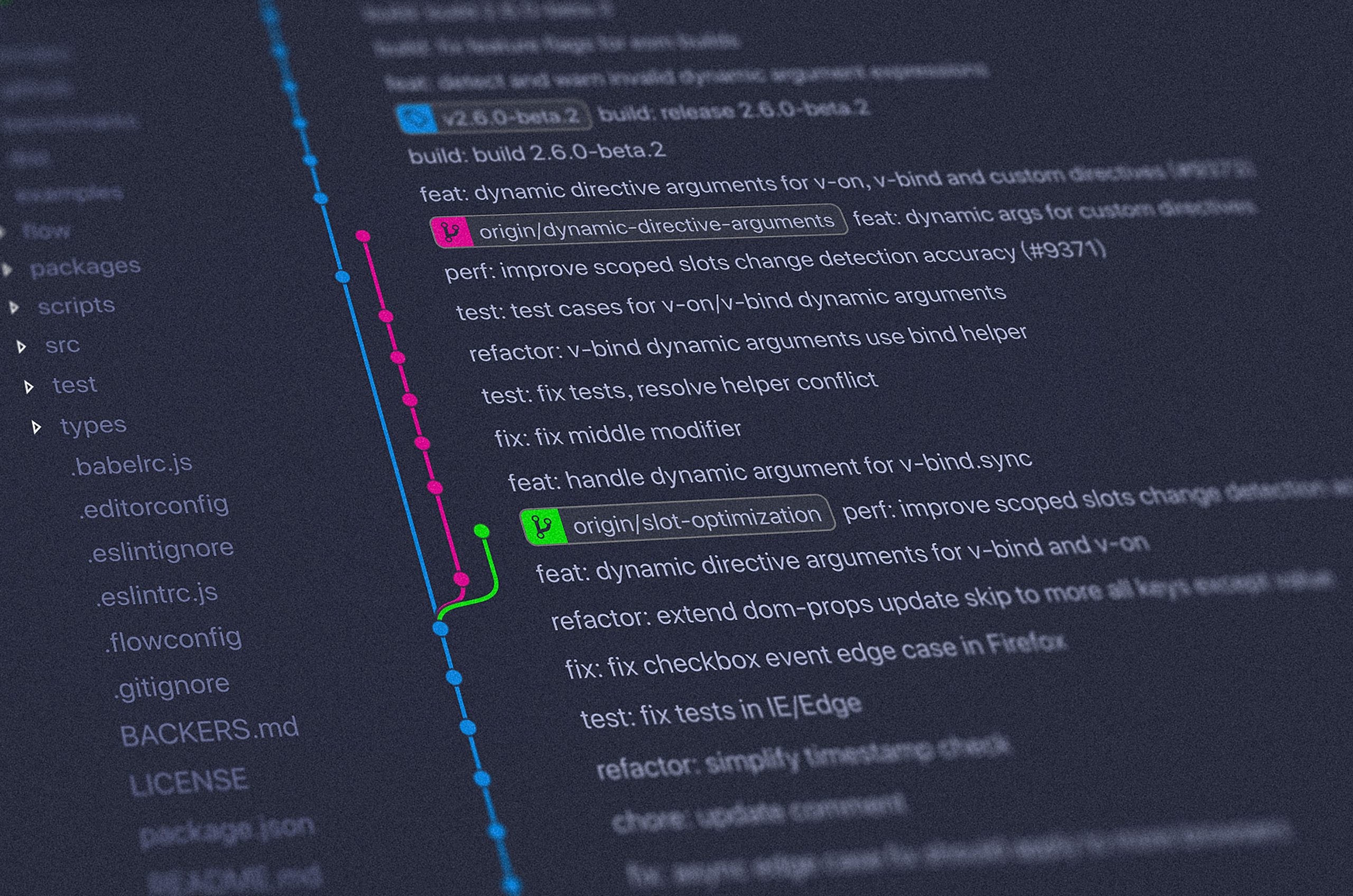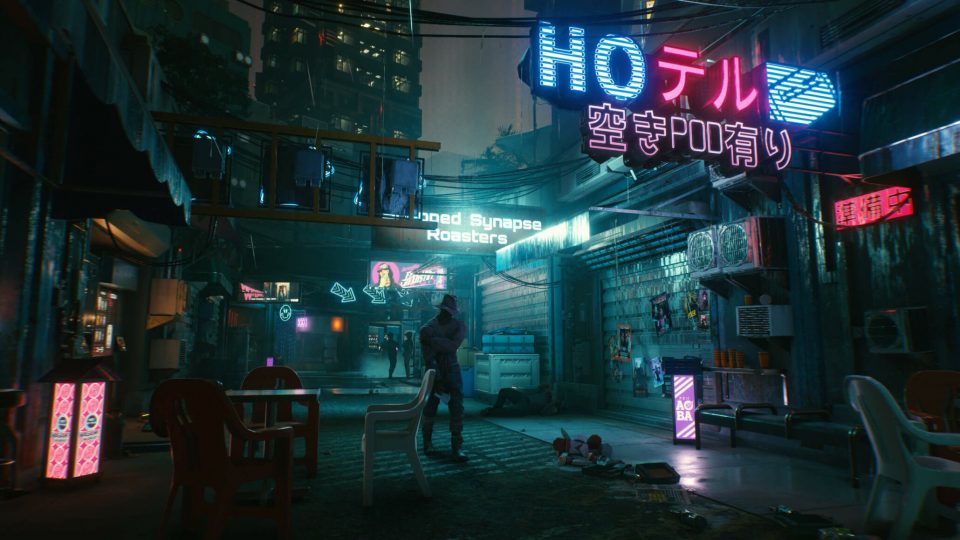I tripped and wrote an RPG.
It’s not a big one, two A4 pages printed out, and it’s called To Stifle the Light, and it was written for friend Jessie.
I like giving RPG one-shots as birthday presents, as discussed recently, but in this case Jessie actively solicited a vampire style game, for they had never played one. Since I’ve never run one, I stepped up, because that’s a thing I do.
Vampires are not a thing I do, though. My roleplaying background is steeped in LARP at this point, and Vampire L[A]RP has a deep and abiding reputation as a venue whose drama and extreme theatrics are rivaled only by those in the game they’re playing. They’re also something of a played-out trope in the fantasy world, with Twilight having been the nailgun disintegrating the dusty coffin. There are now so many vampires, with so many special abilities, super abilities, stupid abilities, resistances, weakness that the common-ground of “Vampire” is a swamp.
So, I started without a system. I’m not a fan of the White Wolf Vampire, in general. I find the universe interesting, but not enough to play in it, and the mechanics for the game are not really separable from the universe. I didn’t want to go into this with the players having a lore advantage over the GM, because that’s a disappointment engine. I also went through a whole load of other Vampire games, from respins of V:TM rebuilt in Powered By The Apocalypse though to more generic “Urban Fantasy” games with a Vampire class in them. I found some games I’d like to run in the future (Urban Shadows looked good enough that I bought the physical copy, approximately two weeks before their second edition Kickstarted to great success) but generally I found a lot of games that were embedded with a lot of lore they were mechanically tied to, and that I didn’t want to engage with for a one-shot, or – for most of the UF games – they had a “Vampire” build or class that didn’t have enough variation for a full team of them not to feel like clones. The third category were just too crunchy. The aim of this game is primarily roleplay and angst, and I didn’t want builds and numbers to get in the way of the characters people want to play, or the things they wanted to be able to do. There wasn’t going to be anyone playing that I expected to rules-lawyer or power-game the situation, and I didn’t need the rules to bulwark against that or get in the way.
So I decided to write my own ruleset.
The To Stifle The Light ruleset is based on three core concepts:
- No mechanical skills
- Be able to create any form of Vampire you want to.
- Blood is important.
The document is in three parts, setting, chargen & mechanics.
Setting
This is basically the pitch I sent to Jessie as a first draft. The first paragraph is basically how Vampirism works in this system, which is a generic macguffin which supports both scientific and faith-based vampirism, and a framework and hierarchy for the adventure to take place in.
Also: It’s also extremely hard to find terms for “Darkness” that aren’t already the names or part of the V:TM glossary.
Character Generation
There are few mechanics here. It’s all narrative as far as I can make it, because I trust the players to not be too generic with their skills and too narrow with their weaknesses (if anything, the opposite), and if not, that’s what Session Zero is for.
Mechanics
This took a while to lay flat. For a while I didn’t have this at all, and it was all going to be narrative. But fundamentally, the resource of Vampires is Blood, and without a mechanical reason to feed, and consequences for not doing so, I didn’t think I was hitting the important strong tropes of A Vampire Game.
So blood exists as a small number resource. If this game developed progression, it would be an increase in the dice you roll for blood, and that’s about it. The biggest most powerful vampire in the world might get a d100, the heads of houses d20 to d12, and players advance from d6 though d8.
The resolution mechanic is mostly stolen from Blades in the Dark, with crits being a bit rarer, but an ability to spend a low-number resource to push yourself, and an All-In sacrifice mechanic because I like that kind of drama.
So Blood becomes the health, “Fate” and angst mechanic, and there are a few more bullet points to support some specific bits of that, and at that point I decided I had too many mechanics, and that’s where we are now.
Conclusion
Now for the actual supernatural part of the process:
Getting people into a (virtual) place at the same time.






